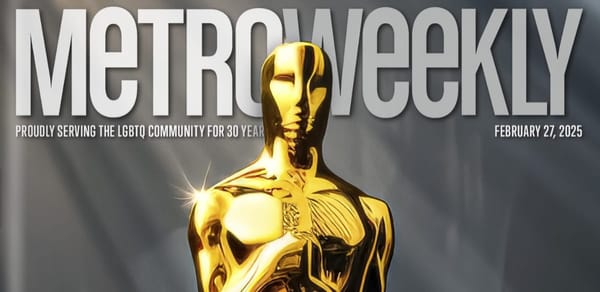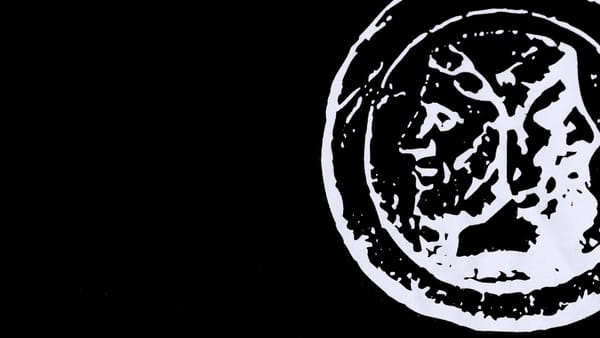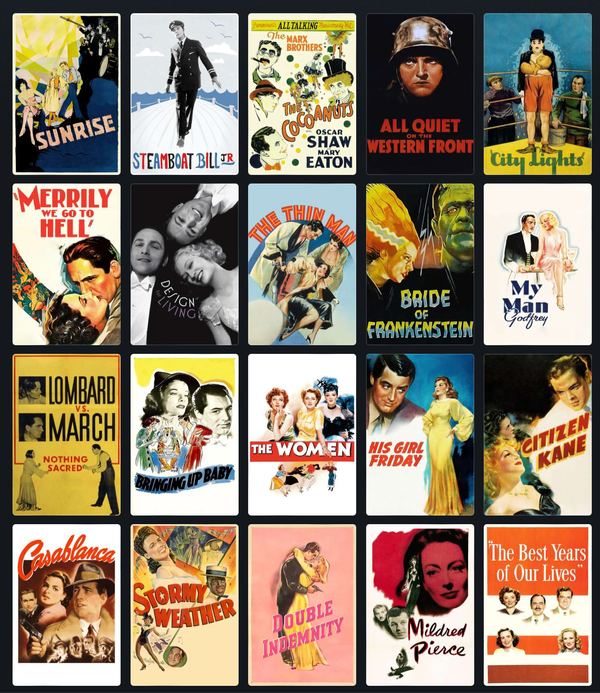Universal's Pathetic Creatures
Universal’s monster movies are unique in their textual complexity. The figurative monsters that lure audiences into the dark of the cinema are often not their film narrative’s actual monsters.

Originally published 2/14/24
This week marks the birthdays of the first and last of the great Universal monsters. On February 12, 1931, Tod Browning’s Dracula opened at the 5,960-seat Roxy Theater in New York City and inaugurated a new age of monsters. Twenty three years later, on February 12, 1954, Jack Arnold’s Creature from the Black Lagoon opened at Detroit’s 3,500-seat Broadway-Capitol Theater in a polarized 3D presentation that heralded the beginning of the end of the classic monster era.

Earlier this week, I wrote on Twitter that it is hard to imagine seeing a monster flick in a multi-thousand seat auditorium when today’s houses often max out closer to 35 seats. And with all those seats, both films posted boffo box office numbers. A February 25, 1931 trade advertisement for Dracula boasts “a line a mile long” at the Roxy. Likewise, according to the February 17, 1954 edition of Variety, Creature grossed some $25,000 in its first five days in Detroit alone—quite the sum when the average ticket price was close to $.50 (though 3D films have always demanded a surcharge beyond the average ticket price).

The Universal Monsters have always been unique in both their money-making ability and their cultural staying power.
Universal’s monsters feature in countless remake schemas, featured in numerous homages (look no further than Guillermo del Toro’s Shape of Water or his upcoming Dr. Frankenstein), and will soon have their own theme park site in Orlando. A new comic book from Skybound Entertainment builds on a long line of horror comics and places Creature from the Black Lagoon’s Gill-man in a “modern day-set tale of suspense, intrigue, and terror.” We really do live in a “new world of gods and monsters.”
So why do we keep returning to these men in hideous makeups and rubber suits? The prevailing role of intellectual property and our franchise-dominated media scape offers a tempting way to boil it all down. And no doubt, Universal’s recent failed Dark Universe concept and their hopes to reboot their monster-verse indicates as much. But blaming audience interest in so-called cinematic universes misses an important aspect of how we interact with movies.
Monsters matter because audiences connect with them. While one of the draws of monster movies is how alternately unique and scary their makeups and effects are, monsters frighten and intrigue us far beyond their physiognomy. As the likes of French philosopher Michel Foucault and English literary theorist Chris Baldick each note, the word “monster” comes from the Latin monstrare, which gives us the English “demonstrate.” In other words, we like monsters because monsters demonstrate what happens when we err.
Universal’s monster movies are unique in their textual complexity. The figurative monsters that lure audiences into the dark of the cinema are often not their film narrative’s actual monsters. So while posters and advertisements for a film like Creature from the Black Lagoon invariably show bathing beauties trapped in the Gill-man’s scaly clutches—it is indeed hard to picture the titular creature without also imagining a blonde in a clean white bathing suit—the films, in fact, operate differently.
In each of the three Creature features released between 1954 and 1956, the Gill-man suffers abuse only from the humanity that surrounds him. What is interesting about the Gill-man’s narrative over the course of the these films, and what separates him from other monsters like Frankenstein’s creation or the Wolf Man, is the clarity of his mistreatment. The violence the Gill-man enacts always and clearly stems from self-preservation.
In Creature from the Black Lagoon, the Gill-man wards off the encroachment of his natural habitat by a band of ichthyologists-turned-prize hunters. The following year’s sequel, Revenge of the Creature, also directed by Jack Arnold, makes the point clearer. After they capture and bring the Gill-man to a Florida aquarium, scientists chain the monster to the bottom of a massive tank, put him on display, and repeatedly shock him as part of a psychological experiment. Human deaths inevitably follow the Gill-man’s violent escape from captivity into the Florida Everglades. And in the third film, The Creature Walks Among Us (John Sherwood), after the Gill-man is horribly burned during an another capture attempt, scientists surgically alter him to breathe and live among humans, and then (go with me here) frame him for murder before he seeks retribution for their wrongs.
In each film, humans who never stop to question the validity of their intentions repeatedly violate the Gill-man. Scientists, doctors, and businessmen seek to understand and exploit the world, and only ever on their terms and at their costs.
If the humane motivates the humans that people the Gill-man’s universe—their intent to civilize and refine the world—then their actions ultimately only ever register their inhumanity.
Cinematically, we connect with characters like the Gill-man because the best monster films, especially the Universal pictures, employ a melodramatic logic in their monstrous characterizations. The Gill-man’s treatment invokes our sympathies and generates pathos. Their silent stalking and lumbering through misty marshes and graveyards become essential gestures not unlike the fainting dames and tableaux associated with silent melodramas. In “The American Melodramatic Mode,” the first chapter of her study of race in America and the film melodrama, Playing the Race Card, film scholar Linda Williams argues that the melodramatic mode requires a focus on virtuous “victim-heroes.” Notably, audiences don’t return to the cinema time and again to see the human heroes of monster movies—those characters rarely return for the sequels. We come back for each new monster installment because we recognize the silent virtue in the suffering of the Gill-man, or of Frankenstein’s creation, or the Wolf Man.
Yet because monster movies visually present their subjects as hideous or repugnant or accompany them with, as the Gill-man is, a devilish tritone figuration or similar musical leitmotif, the monsters’ pathetic qualities readily distribute throughout the rest of the narrative. In other words, these movies trick us by initially aligning audiences with human protagonists and stories while simultaneously subverting those affective alliances through the figure of the monster. Consider Aristotle's notion of pity “as a feeling of pain caused by the sight of some evil, destructive or painful, which befalls one who does not deserve it, and which we might expect to befall ourselves or some friend of ours.”
The humanoid figure of the Gill-man and every classic Universal monster is not just the result of the limits of special effects. We identify with these monsters and feel for them whether we know it or not.

So the next time you’re straying from the road, beware the full moon, and remember to treat your monsters as you want to be treated.
Until next time, I’ll see you at the movies,
PT
Dracula, The Creature from the Black Lagoon, and Revenge of the Creature are currently available for rent or purchase from your preferred vendor or a library near you. I recommend seeking out 3D versions of Creature and Revenge of the Creature on a big screen or blu-ray for the best experience. The Creature Walks Among Us is currently only available on physical media, or you can come over and watch with me. Say hey!



